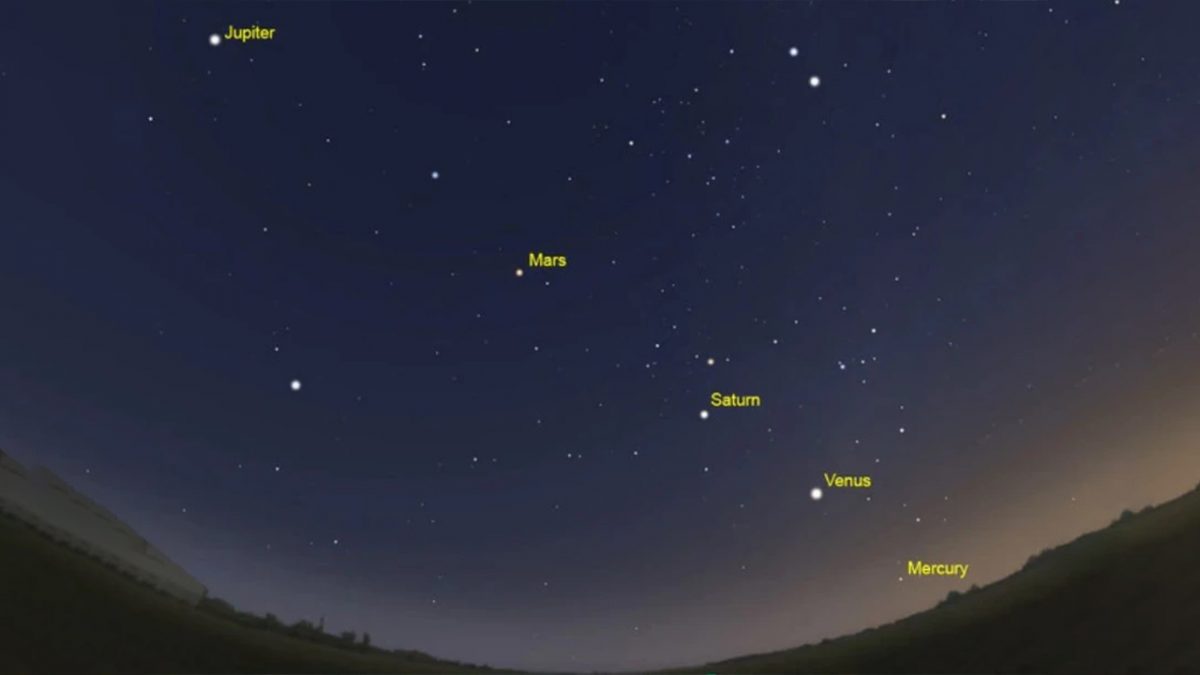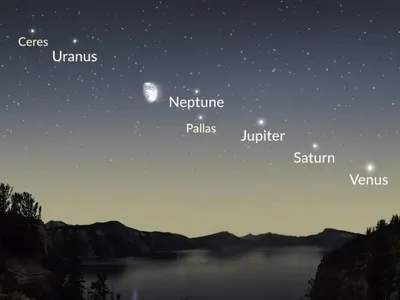How to Watch 5 Planets Line Up in a Parade

Don’t miss 5 planets aligning in the night sky this evening! Mercury, Jupiter, Venus, Uranus, and Mars are putting on a show.
Tonight is a special night for astronomers who love watching the planets and stars. Five of our solar system’s planets are going to line up for a show in what is being called the planetary parade or alignment. If you don’t want to miss it with your telescope, you’ll need to watch the night sky this evening.
The five planets in question are Mercury, Jupiter, Venus, Uranus, and Mars. NASA says it will be visible for a few weeks still, but tonight is the best time to view it. Also, it will be the ultimate chance to catch sight of Uranus, which is apparently rare.
For those of you who don’t know where to look for the planets, I recommend Sky Map that I personally use for spying on the universe.
Here’s a video on how you can watch the five planets line up from your home:
https://www.youtube.com/watch?v=Q7ZZ9GLWNxk

Apparently, you need to catch them anytime from midway up the sky towards the western horizon. From there, they’re going to move out of alignment again from our perspective on Earth. The last time this happened, Lara Croft was trying to obtain an artifact that could control time in 2001. Oh no, wait. Let me rephrase. In real life, the last time this happened was in June 2022.
Apparently, light pollution won’t be too much of an issue this time as it was with the green comet. You’ll be able to catch most of the planets with the naked eye, while strong binoculars or telescopes will be needed for Uranus and Mercury.
Fortunately, this won’t be the last time we’ll see a planetary alignment this year. The next one is scheduled (like a meeting) for June 17. During that time, the planets will be Mercury, Jupiter, Uranus, Neptune, and Saturn. Fun times, indeed.
Advertisement




















From Sky & Telescope: “Don’t be misled by media hype about a great lineup of planets shining in the west this week. Most people will only see Venus and, high above it, much-fainter Mars similar to stars in its general area. Mercury and Jupiter are very low in bright twilight and will likely need binoculars before they set. Uranus, near Venus, is invisible to the naked eye.”